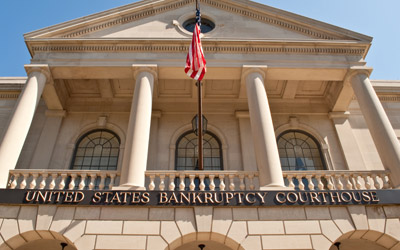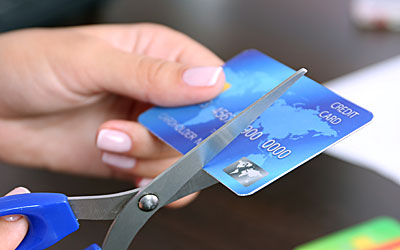Bankruptcy Articles
Credit Repair After Bankruptcy
If you have recently filed for bankruptcy or if you are considering filing, then you may be concerned about how to repair your credit after bankruptcy. While bankruptcy and the financial problems leading up to bankruptcy do greatly impact your credit score in a negative way, it is not impossible to repair your credit after you file for bankruptcy.
After you file for bankruptcy, then you should obtain a copy of your credit report and review it for any inaccuracies. If you find any errors on your credit report, then it is important that you contact the consumer reporting agency – Experian, Transunion or Equifax and inform them in writing of these errors. It is always advisable to include copies of any documentation that dispute what was included on your credit report. The federal government allows you to receive one free copy of your credit report annually. You can request your free report at www.annualcreditreport.com.
Once you are certain that your credit report is accurate, then it is important that you create a budget, and that you live within your means. If you obtain any new credit cards, then you should keep your balances at a manageable amount. Moreover, you should try to pay off as much of the balance as possible each and every month. If you obtain a new car loan, then you should try to keep your monthly payment as reasonable as possible.
To fully understand how your credit can be repaired after you file for bankruptcy, then it is important to understand what part of the credit report that a creditor focuses on. It is obvious that paying off your debt on time is very important to your credit report. Moreover, late payments and not being able to keep up with your monthly payments on debt is very often the major reason that forces people to consider bankruptcy. After you file for bankruptcy, then it is critically important for you to ensure that you pay any debt that’s left over (such as your mortgage or student loans) on time each month. If you pay your current debt in a timely manner, then over time you will be able to repair your credit as you build a new history as a responsible debtor.
In addition to your payment history, your credit report also takes into consideration the total amount of outstanding debt that you owe creditors. High debt balances decrease your credit score as the more debt you have, the less likely you will be to pay back more debt. For this reason, it is important that you start to pay off the balances that have the highest debt and then work your way down. Gradually, you will begin to prove that you are able to responsibly pay back your debt(s).
Your credit report also places significant weight on the duration of your credit history. The longer that you have held credit, then the better your credit score will be. Alternatively, the shorter your credit history, then the lower your credit score will be. For this reason, it is important that you not rush out and try to obtain as many credit cards as you are eligible for. You can lower your already low credit score if you overextend yourself with too much additional consumer debt in too short of a time period. Instead, I recommend to my clients to obtain a secured credit card. A secured credit card is where you prepay the balance, and you are only able to spend as much as you have prepaid. This will allow you build up your credit and with time, and it eventually make you eligible to obtain a standard credit card.
In summary, repairing your credit after you file for bankruptcy may take some time. It will not happen over night. Generally, if you make payments toward debt faithfully every month, and if you keep your outstanding debt balances low, then your credit score will gradually increase. Sometimes, in as little as 12 to 18 months you may be eligible for credit without a higher interest rate. If you would like more information about how to repair credit after bankruptcy, then it is strongly advisable to talk to an experienced bankruptcy professional.






